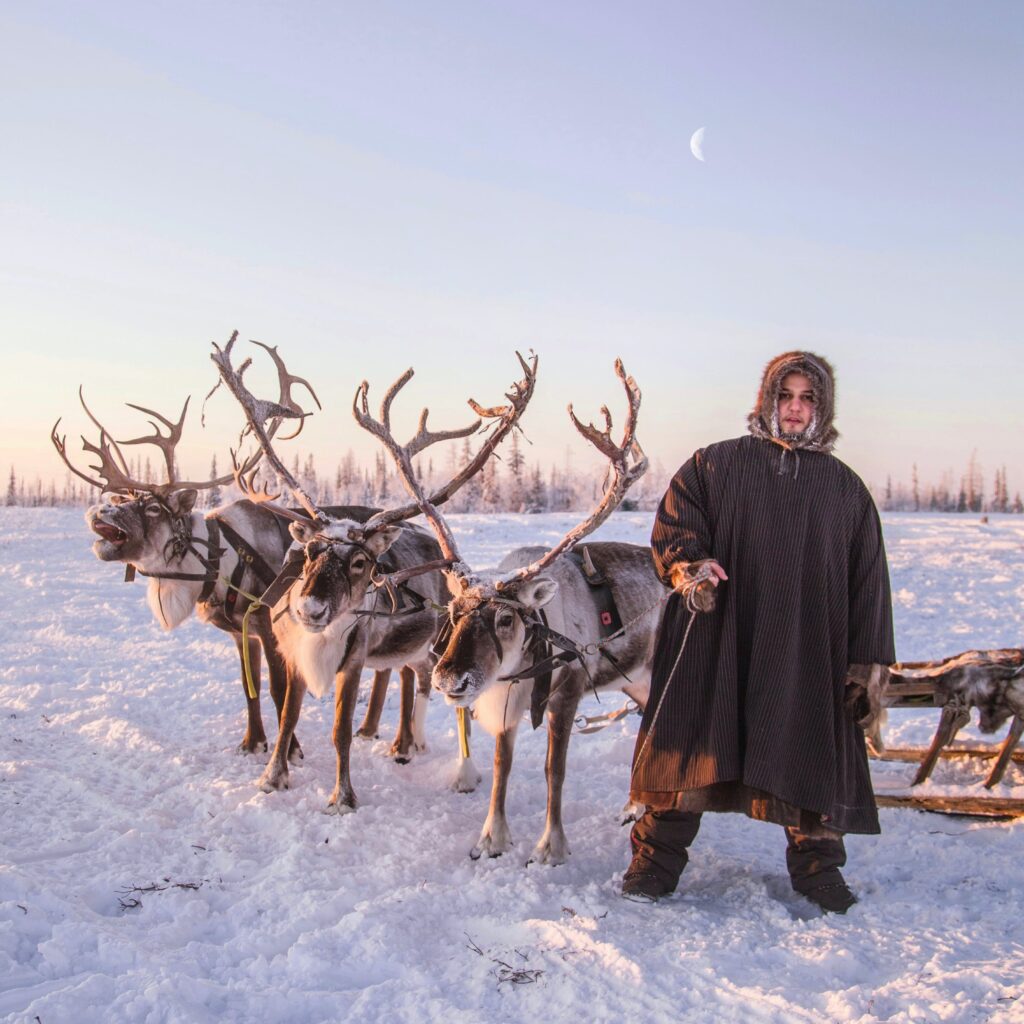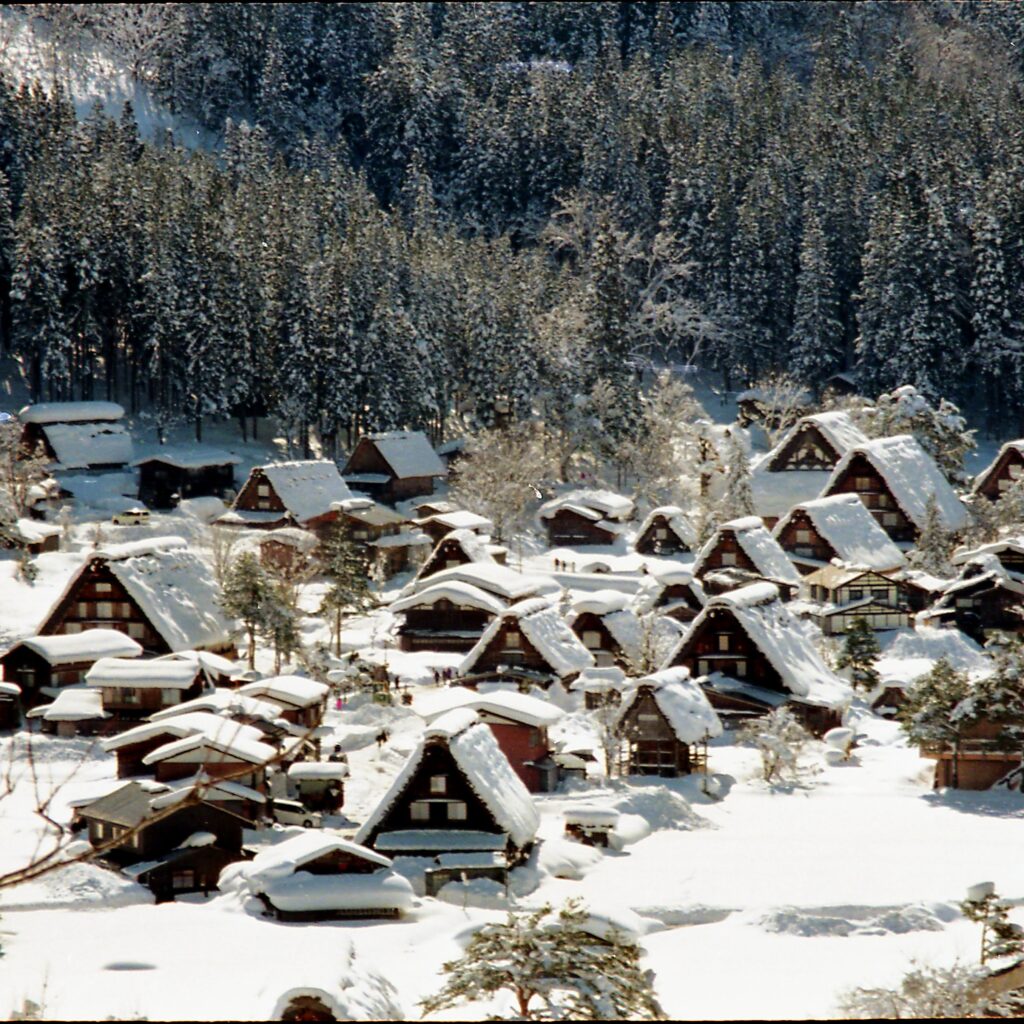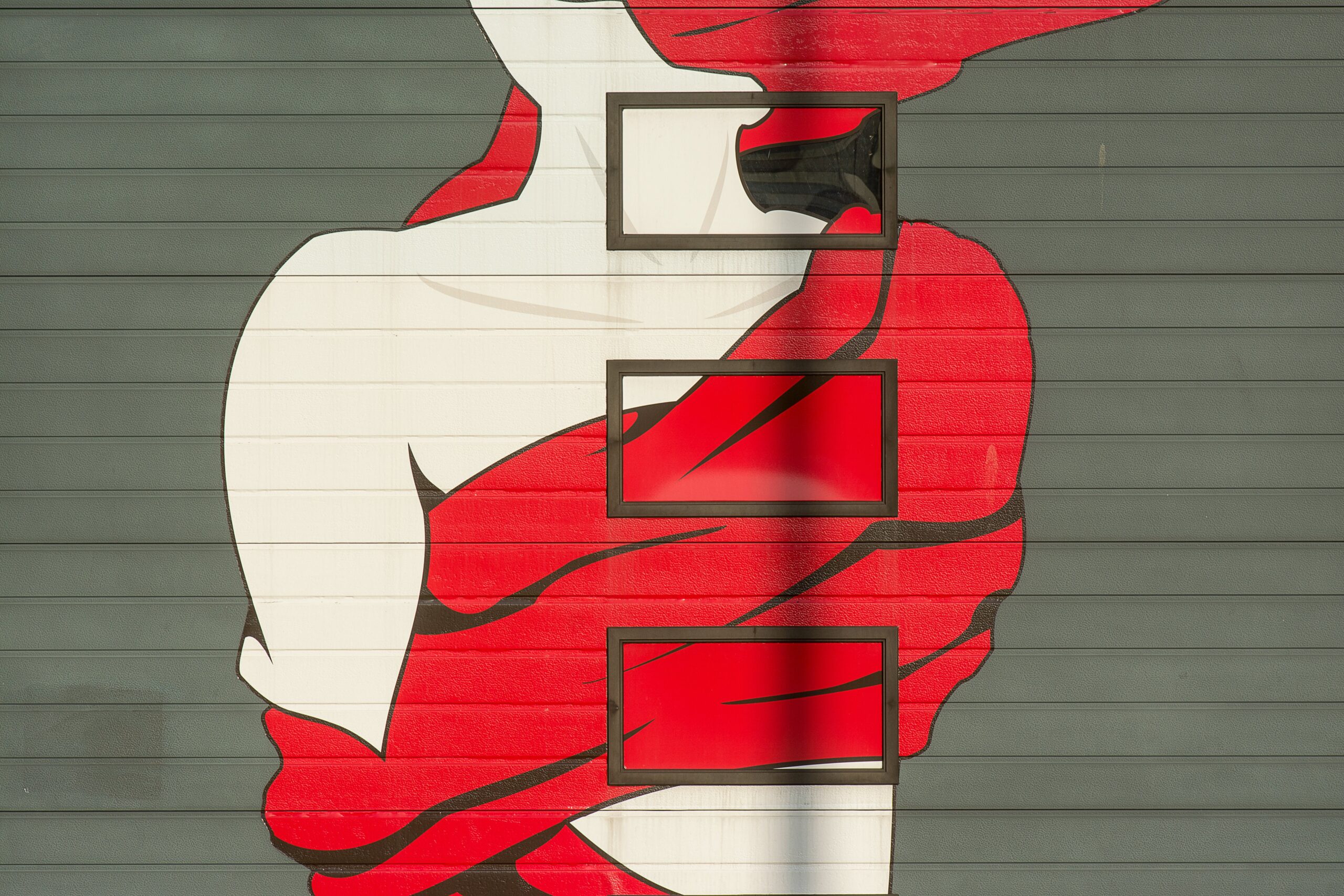Introduction:
In Russia, you can find the world’s coldest village, Oymyakon. The temperature there can drop to as low as minus 70 degrees Celsius. It’s hard to imagine surviving in such extreme cold, but surprisingly, around 500 people call Oymyakon their home. These resilient individuals venture outside even in the coldest weather and manage to meet most of life’s demands. Their ability to adapt to such harsh conditions is nothing short of remarkable.
Mirroring the resilience of Oymyakon’s residents, we will explore two more extreme environments, the potential colonization of Mars and the mysteries of the Mariana Trench.
Surviving the Coldest Village: Oymyakon.

Oymyakon is the coldest inhabited place on Earth. It challenges the boundaries of what we consider habitable. The residents of this village have adapted to temperatures that would send shivers down the spine of most people. To survive here, they employ innovative strategies and a deep understanding of their environment.
Dreaming of the Red Planet: Mars Colonization.
Mars, on the other hand, presents a completely different challenge. While life in Oymyakon is possible, the same cannot be said for Mars. However, humans are actively working on plans to reach and potentially inhabit the Red Planet. These ambitious endeavors may become a reality in the not-so-distant future.
Unveiling the Mysteries of the Deep: Mariana Trench Exploration
Going deep beneath the ocean’s surface, we discover another area where humans are pushing the boundaries of exploration. The world’s deepest trench, the Mariana Trench, is home to extraordinary creatures and unique ecosystems. People are striving to reach its depths and unlock the secrets hidden in this mysterious part of our planet. The Mariana Trench is a place that ignites curiosity and drives human ingenuity.
Unleashing Human Potential:

Our limitations are largely self-imposed. Nature has provided us with incredible capacities, but we often let our physical shortcomings and imperfections become roadblocks in life. While giraffes use their elongated necks to reach leaves, we sometimes feel defeated by the color of our skin or the structure of our faces. While zebras proudly display their stripes, we let our insecurities define us. The world is full of amazing creatures, each adapted uniquely to its environment.
It’s time for us to embrace our inherent abilities, to explore the depths of our potential, and to rise above the limitations we impose on ourselves. The people of Oymyakon, the future Martian explorers, and those delving into the mysteries of the Mariana Trench are all demonstrating the human spirit’s indomitable will to conquer new frontiers. It’s a testament to the fact that within each of us lies the power to overcome challenges, adapt to adversity, and reach greater heights.
As we look to the world’s coldest village,

The prospect of interplanetary travel, and the mysteries of the deep ocean, we should also turn our gaze inward. There is a whole world within us waiting to be discovered. We must recognize that we are not limited by our physical appearances or genetic makeup. We are limited only by the boundaries we set for ourselves. Like the residents of Oymyakon, we can brave the harshest conditions. Like the future Mars pioneers, we can embark on incredible journeys. Like the explorers of the Mariana Trench, we can delve deep into our potential.
In this vast world and beyond, and within the depths of our capabilities, there are endless opportunities for us to explore and excel. The only true limitations are the ones we choose to accept. let us dare to dream, to challenge ourselves, and to venture into the unknown. We are not defined by our limitations but by the boundless possibilities that await when we embrace the full spectrum of our capabilities.
Conclusion:
In summary, whether it’s conquering the cold of Oymyakon, aiming for the stars with Mars exploration, or exploring the depths of the Mariana Trench, we are reminded that human potential knows no bounds. It’s a call to action to unleash the dormant abilities within us and embrace the boundless opportunities that lie ahead. As we reflect on these extreme environments, let them be a reminder that the true limits of human potential are yet to be fully explored. So, let us continue pushing the boundaries, both externally and within ourselves, to reveal the extraordinary possibilities that exist on this planet and beyond.
FAQs (Frequently Asked Questions):
1. What makes Oymyakon the coldest inhabited place on Earth?
- Oymyakon holds the record for the lowest temperature ever recorded in the Northern Hemisphere, reaching as low as minus 70 degrees Celsius. The village’s extreme cold is a result of its geographical location and weather patterns.
2. How have the residents of Oymyakon adapted to the harsh conditions?
- The residents of Oymyakon have developed innovative strategies to cope with extreme cold. This includes specialized clothing, heating techniques, and a deep understanding of their environment.
3. Is there a possibility of colonizing Mars in the future?
- Yes, plans for reaching and potentially inhabiting Mars are actively being pursued by scientists and space agencies. Mars colonization is seen as a future possibility, with ambitious endeavors aiming to establish human presence on the Red Planet.
4. What challenges does Mars present for potential colonization?
- Unlike Oymyakon, which is inhabited, Mars poses significant challenges for colonization due to its harsh environmental conditions, lack of a breathable atmosphere, and extreme temperatures. Overcoming these challenges requires advanced technology and planning.
5. What is the Mariana Trench, and why is it significant?
- The Mariana Trench is the world’s deepest trench, located in the western Pacific Ocean. It is significant for its extreme depth and unique ecosystems. Exploring the trench provides insights into deep-sea life and geological processes.
6. How are humans exploring the Mariana Trench?
- Humans explore the Mariana Trench using submersibles and remotely operated vehicles (ROVs). These technologies allow scientists and explorers to reach the extreme depths of the trench, unraveling its mysteries.
7. What is the message behind the comparison of human limitations to animals in the post?
- The comparison highlights that human limitations are often self-imposed, and the post encourages embracing inherent abilities, overcoming challenges, and exploring untapped potential. It serves as a call to challenge self-imposed boundaries.
8. How can individuals embrace their potential according to the post’s message?
- The post suggests that individuals can embrace their potential by recognizing that they are not limited by physical appearances or genetic makeup. It encourages daring to dream, challenging oneself, and venturing into the unknown to reveal the boundless possibilities within.
9. What is the significance of looking inward in the context of the post?
- Looking inward signifies introspection and self-discovery. The post emphasizes exploring the world within oneself, recognizing internal capabilities, and acknowledging that true limitations are the ones individuals choose to accept.
10. What is the overarching message of the post?
- The overarching message is that human potential knows no bounds. It calls for action to unleash dormant abilities, embrace opportunities, and push the boundaries, both externally in the world and internally within ourselves. The post encourages a continuous exploration of the extraordinary possibilities that exist on Earth and beyond.


Leave A Comment